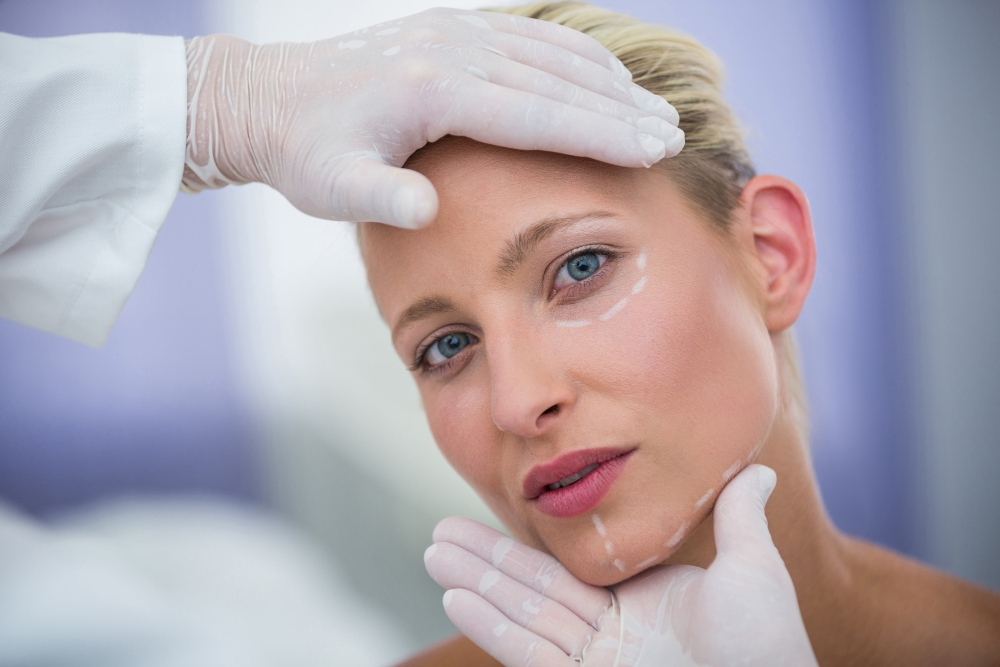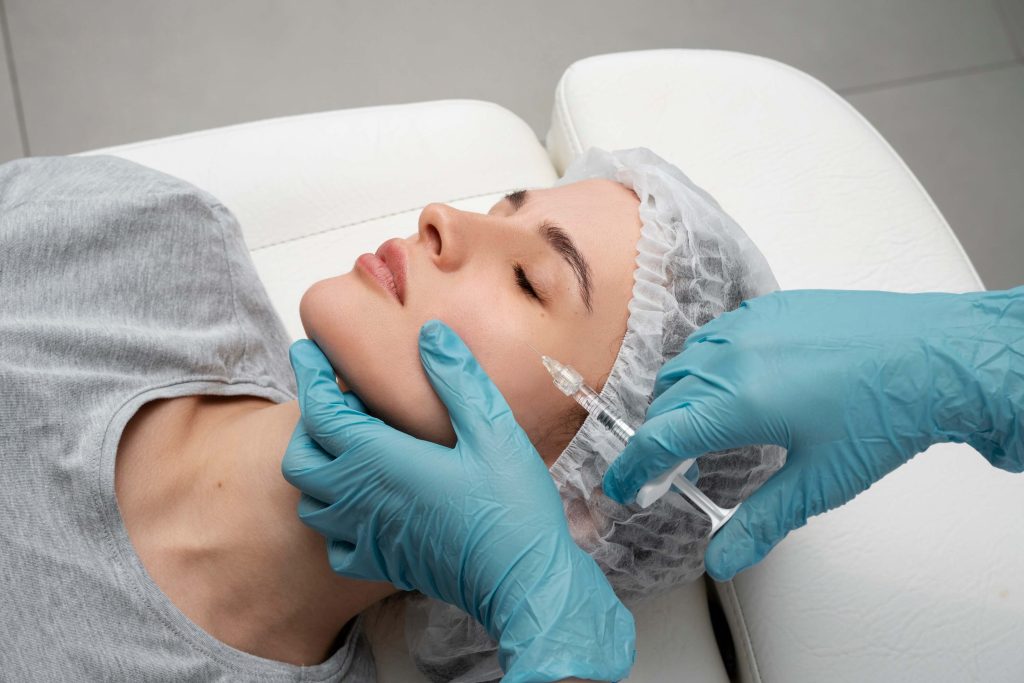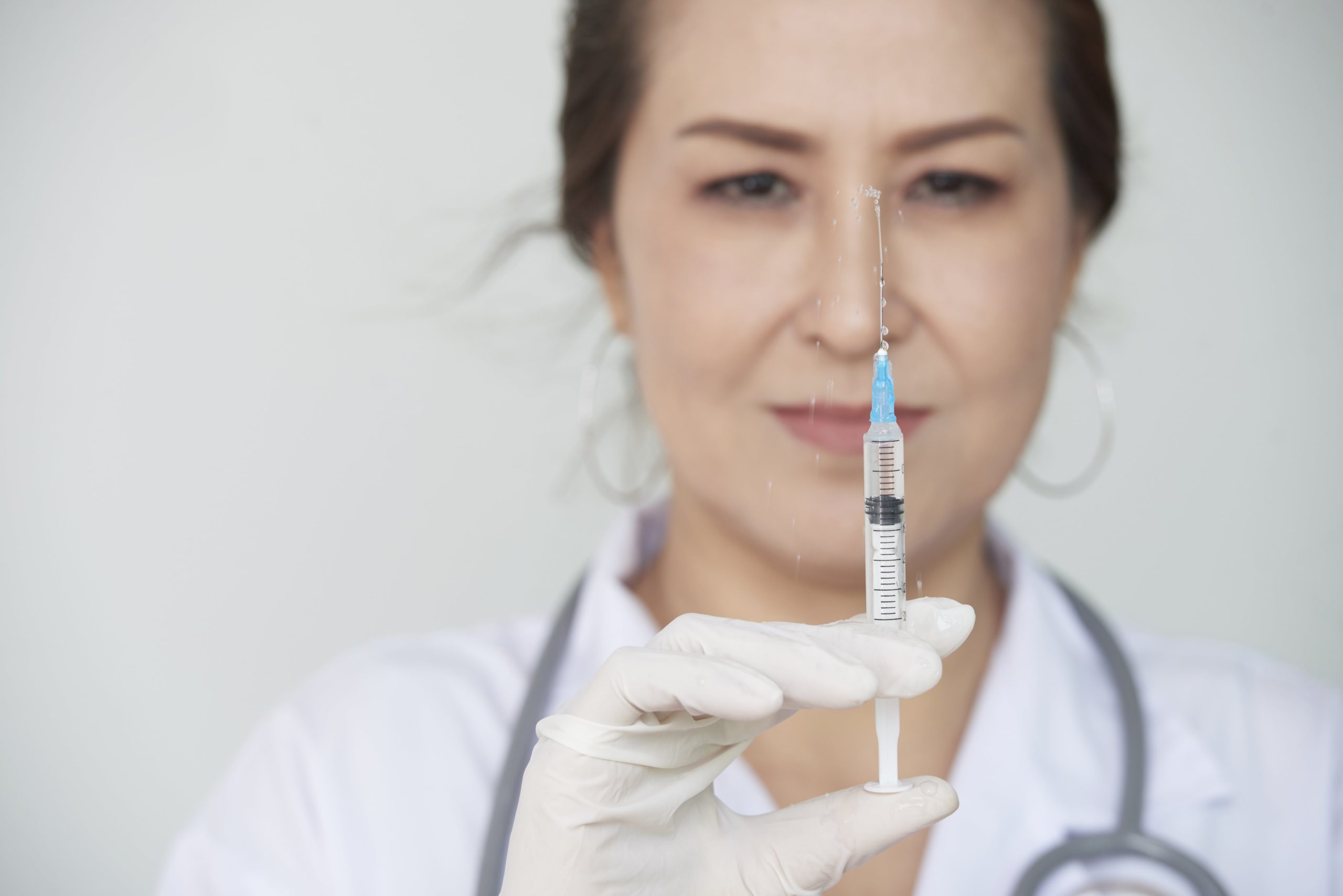What Are Polynucleotides and How They Differ From Other Aesthetic Treatment Products

Understanding Polynucleotides in Aesthetic Medicine
Polynucleotides are rapidly emerging as a groundbreaking solution in regenerative aesthetics, offering unique skin-rejuvenating properties that set them apart from traditional treatments. But what are polynucleotides, and why are they gaining popularity among medical aestheticians?
Unlike hyaluronic acid fillers, platelet-rich plasma (PRP), or exosome therapies, they work at a cellular level to enhance skin regeneration, improve hydration, and promote tissue repair. These DNA-derived molecules stimulate fibroblast activity, increase collagen production, and support overall skin health, making them an excellent option for patients looking for long-term skin improvement.
In this guide, we’ll explore what are polynucleotides, their mechanism of action, key benefits, and how they compare to other aesthetic treatments. We’ll also discuss their most common applications, including under-eye rejuvenation, scar repair, and hair restoration.

How Do Polynucleotides Work?
Polynucleotides (PN) are biopolymers composed of long chains of nucleotides, the basic building blocks of DNA and RNA. These molecules play a crucial role in cell repair and regeneration by stimulating fibroblasts, which are responsible for collagen and elastin production.
What Are Polynucleotides Made Of?
Polynucleotides used in aesthetic medicine are typically derived from purified salmon or trout DNA, as these sources have a high biocompatibility with human tissue. The DNA is processed to remove immunogenic components, ensuring it is safe for injection into the skin.
Mechanism of Action
Once injected, polynucleotides work in several key ways:
- Fibroblast Stimulation: Encourages the production of collagen and elastin for firmer, more youthful skin.
- Deep Hydration: Polynucleotides attract water molecules, enhancing skin moisture levels.
- Antioxidant and Anti-Inflammatory Properties: They reduce oxidative stress and inflammation, making them ideal for sensitive or damaged skin.
- Tissue Repair and Regeneration: They help repair damaged skin by promoting cellular turnover and accelerating wound healing.
Key Benefits of Polynucleotides in Aesthetics
Polynucleotides offer a variety of benefits that make them a preferred choice for patients looking for a natural and regenerative approach to skin rejuvenation.
1. Long-Term Skin Regeneration
Unlike hyaluronic acid fillers that provide immediate volume, polynucleotide injections work progressively, improving the skin’s structure over time.
2. Improved Hydration and Elasticity
Polynucleotides enhance skin hydration at a deep level, improving elasticity and preventing premature aging.
3. Safe and Biocompatible
Since they are derived from natural sources and free from harmful chemicals, they are well-tolerated by most patients.
4. Reduced Inflammation and Oxidative Stress
Their ability to combat inflammation makes them beneficial for treating redness, rosacea, and sensitive skin conditions.
5. Natural and Subtle Results
Polynucleotides do not alter facial features like traditional fillers. Instead, they gradually improve skin texture and quality, making them ideal for patients seeking a refreshed, natural look.
Polynucleotides vs Other Aesthetic Treatments
How do polynucleotides compare to other popular aesthetic treatments? Let’s break it down.
| Treatment | Main Function | Duration of Results | Best For |
| Polynucleotides | Stimulates collagen, repairs tissue, hydrates skin | 6-12 months | Skin regeneration, hydration, fine lines |
| Hyaluronic Acid Fillers | Adds volume, fills wrinkles | 6-24 months | Facial volume restoration, deep wrinkles |
| PRP (Platelet-Rich Plasma) | Uses growth factors to rejuvenate skin | 6-12 months | Skin texture improvement, hair restoration |
| Skin Boosters | Hydration and mild collagen stimulation | 3-9 months | Hydration, fine-line reduction |
| Exosome Therapy | Cellular regeneration and repair | Varies | Anti-aging, scar reduction, pigmentation |
Key Differences
- Polynucleotides focus on tissue repair and long-term skin improvement, whereas HA fillers provide immediate volume.
- Compared to PRP products, polynucleotides offer more consistent and predictable results.
- Skin boosters hydrate, but polynucleotides also stimulate collagen and elastin production for enhanced skin quality.
Applications of Polynucleotide Treatments
Polynucleotide injections have a wide range of applications in aesthetic medicine, making them a versatile tool for medical aestheticians.
1. Skin Rejuvenation
They improve overall skin texture, elasticity, and hydration, helping to reduce fine lines and wrinkles.
2. Under-Eye Treatment
They are particularly effective for dark circles, fine lines, and crepey skin under the eyes, providing a refreshed, youthful look.
3. Scar and Wound Healing
They promote faster healing of acne scars, surgical scars, and stretch marks by stimulating tissue regeneration.
4. Hair Restoration
By improving scalp health and boosting follicle regeneration, polynucleotide injections can help combat hair thinning and stimulate hair growth.

Why Polynucleotides Are Gaining Popularity in Aesthetic Medicine
Polynucleotides are revolutionizing regenerative aesthetics due to their ability to restore skin quality from within. Unlike traditional fillers that provide temporary plumping, polynucleotides stimulate the body’s natural repair processes, leading to gradual and long-lasting skin rejuvenation.
Polynucleotide Treatments Available
For medical professionals looking to integrate polynucleotide treatments into their practice, there are several top-tier products available:
- Nucleofill – A well-known polynucleotide skin booster that enhances hydration and collagen production. Their Nucleofill Soft Plus and Nucleofill Strong are particularly sought-after.
- PhilArt – Another line of effective polynucleotide treatments that targets skin laxity and fine lines: Croma PhilArt Next and Croma PhilArt Eye are very popular.
Frequently Asked Questions
What Are Polynucleotides Used For?
Polynucleotides are used for skin rejuvenation, fine-line reduction, scar healing, and hair restoration.
What Benefits Do Polynucleotide Injections Offer?
They stimulate collagen production, improve hydration, reduce inflammation, and promote tissue repair, offering long-term benefits for skin health.
Are Polynucleotides Better Than Hyaluronic Acid Fillers?
They work differently from fillers. They focus on skin quality improvement, whereas HA fillers provide immediate volume.
How Long Do Polynucleotide Results Last?
Results typically last 6-12 months, depending on individual skin conditions and treatment protocols.
Is Polynucleotide Treatment Safe?
Yes, as a biocompatible and natural treatment, polynucleotide injections have a strong safety profile and minimal risk of adverse reactions.
Final Thoughts
Polynucleotides are reshaping the field of aesthetic medicine by offering a natural, regenerative approach to skin rejuvenation. With their ability to stimulate collagen, improve hydration, and repair tissue, they provide long-term benefits beyond what traditional fillers can achieve.
For medical aestheticians looking to enhance their treatment offerings, polynucleotide therapy is a must-have in any aesthetic practice. Explore Best Buy Fillers shop and buy polynucleotides premium products.
Continue reading

Radiesse or Juvederm? Which One Should You Use for Facial Contouring?
Facial contouring is more than just adding volume – it’s about sculpting definition, correcting asymmetries, and enhancing structure. Achieving those goals requires the right product, precise technique, and a deep understanding of dermal filler properties. Among the most commonly used injectables in aesthetic medicine, Radiesse and Juvederm stand out as…
Read More
Radiesse vs Sculptra: Which Collagen-Stimulating Filler Is Better?
As the popularity of natural beauty trends, like the no-makeup makeup look, continues to rise, the demand for subtle, long-lasting enhancements has reshaped the filler industry as well. More patients are turning to treatments that enhance their features while correcting concerns like uneven texture or volume loss, all without compromising…
Read More
Non-Surgical Jaw Definition: Radiesse Jaw Before and After Transformation
In the age of defined features and sculpted profiles, jawline contouring has become one of the most in-demand aesthetic procedures among both male and female patients. But not everyone is ready for surgery or permanent changes. That’s where non-surgical options like Radiesse jawline enhancement come in, offering a high-impact transformation…
Read More